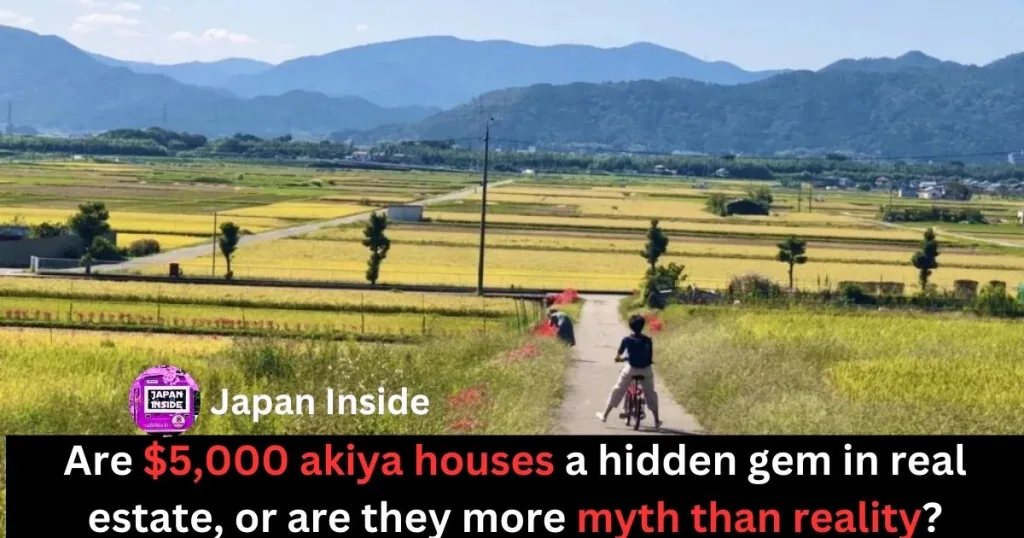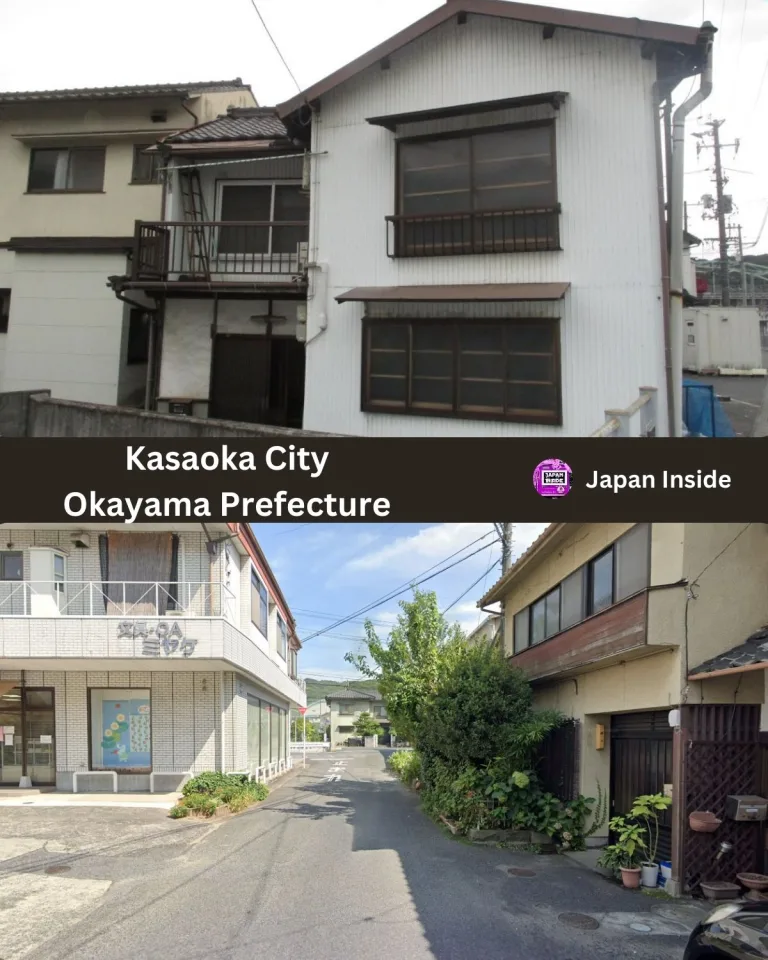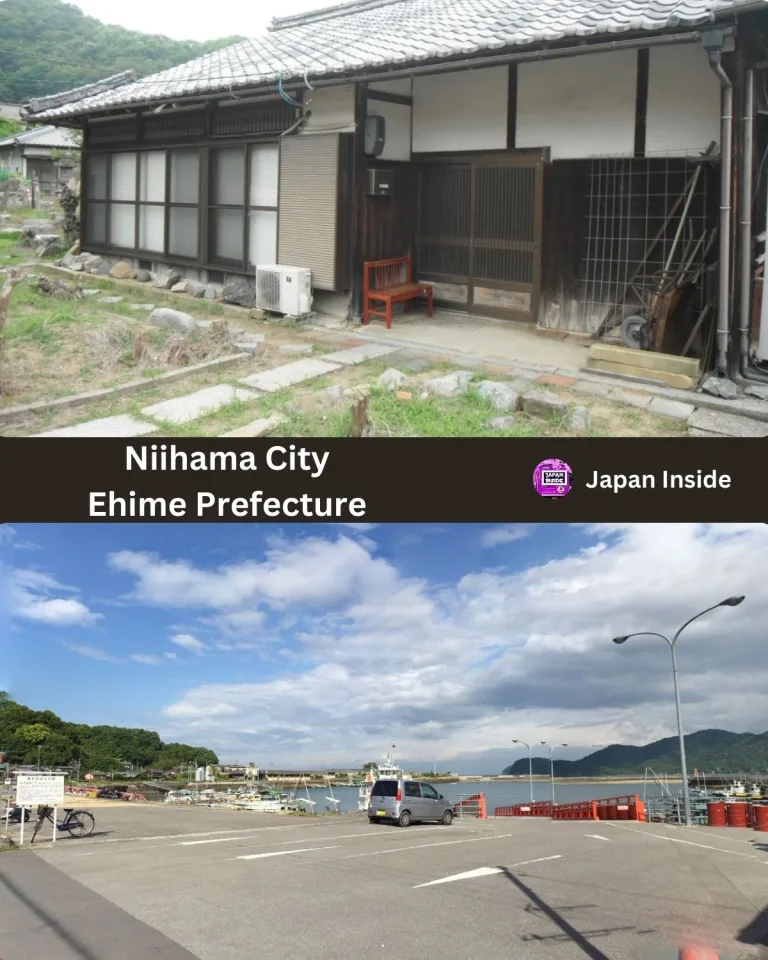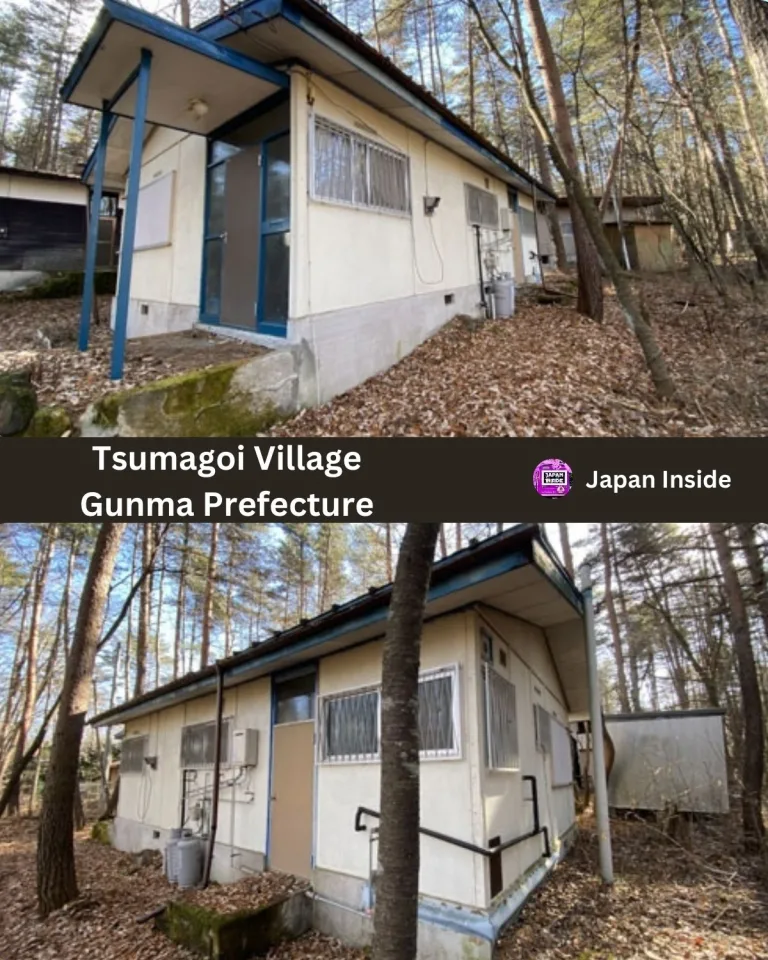Are $5,000 akiya houses a hidden gem in real estate, or are they more myth than reality?
Japan’s ultra-cheap akiya (空き家) houses have become something of an internet sensation, with headlines promising dream homes for as little as $5,000. But as one Reddit user candidly notes, “too many people have asked me whether it is true you can get a house for almost nothing in Japan.” The reality, as it turns out, is far more nuanced than these viral stories suggest.

Challenges: Remote Living, Renovations, and Cultural Adjustments
While these bargain properties do exist, particularly in rural Japan, they come with a complex web of challenges that many enthusiastic buyers aren’t prepared for. “If you don’t mind living in a rural village, you can indeed find some nice places for very cheap,” explains one commenter, but this seemingly simple statement masks several crucial considerations.
Remote Locations: Limited Access to Jobs and Amenities
First, there’s the matter of location. These properties are typically situated in remote areas far from urban centers, which presents immediate practical challenges. Job opportunities are scarce, and basic amenities that city dwellers take for granted might be hours away. The isolation isn’t just physical – it can be cultural too. Even native Japanese citizens find the transition challenging, as one user pointedly shares: “Don’t even say foreigners—city folks moving to the inaka (countryside) also have issues!”
Check Out These Akiya Deals:
The Japanese government and local municipalities have attempted to sweeten the deal by offering subsidies to akiya buyers. However, these financial incentives often come with strings attached. “These often require long-term residency commitments,” notes one forum participant, “and the perks come with trade-offs like distant schools or no nearby stores.” Not everyone finds these compromises worthwhile, especially when considering the long-term implications for family life and career prospects.
Hidden Costs: Renovations and Repairs
Renovation costs present another significant hurdle. What might seem like a bargain at $5,000 can quickly balloon into a substantial investment. Many akiya require extensive repairs and modernization to become truly livable. Some properties are in such poor condition that one commenter suggests, “$250,000 is ridiculous. Just demolish the old house and build new!” This stark assessment highlights the hidden costs that potential buyers must consider.
Cultural Integration: Adapting to Rural Life
The cultural adjustment can be equally challenging. Rural Japanese communities, while often welcoming, have deeply established social structures and expectations. Newcomers, whether Japanese or foreign, may find themselves navigating complex social dynamics and traditional community obligations. The transition requires not just financial investment but also significant social and emotional adaptation.
As one user summarizes, “only a small number of people will be interested in these houses once they know the reality, and if the government wants to revitalize these places, more needs to be done.” This sentiment captures the heart of the akiya issue – while these properties represent genuine opportunities for the right buyers, they’re not the simple solution to affordable housing that many imagine.
Akiya Opportunities: Preparation is Key
For those still interested in pursuing an akiya purchase, success often depends on approaching the opportunity with realistic expectations and thorough preparation. Understanding that you’re not just buying a house, but investing in a complete lifestyle change, is crucial. While some pioneers have successfully transformed these abandoned properties into cherished homes, their stories typically involve careful planning, significant financial resources, and a genuine commitment to rural Japanese life.


